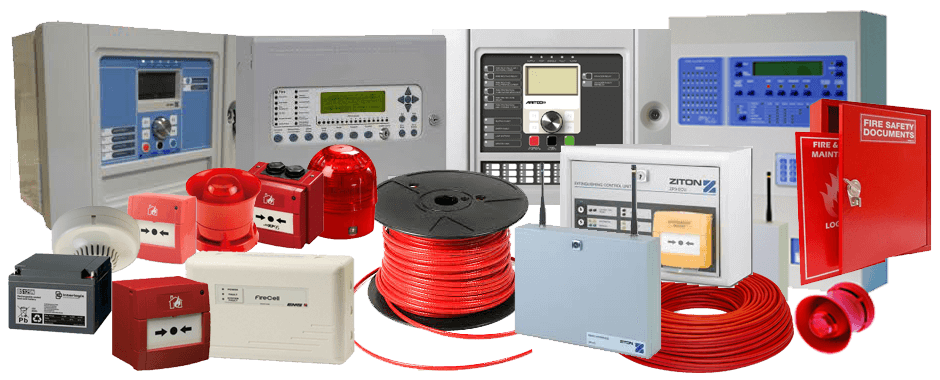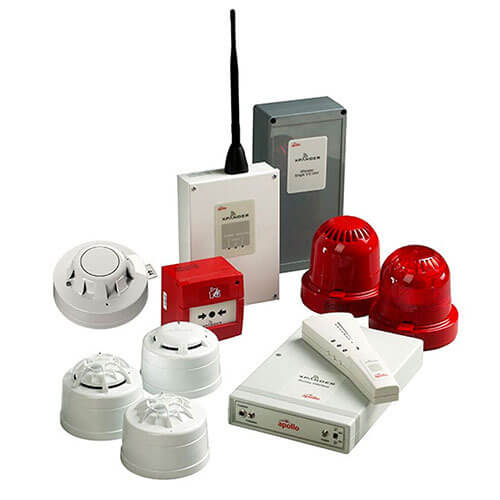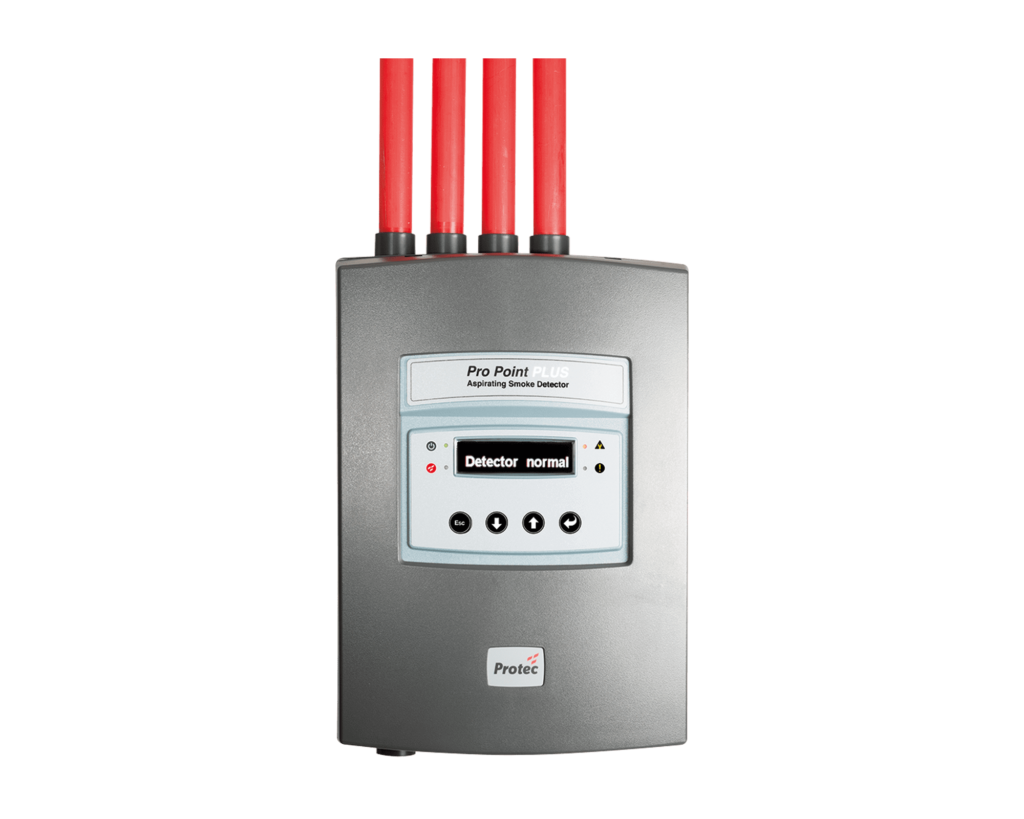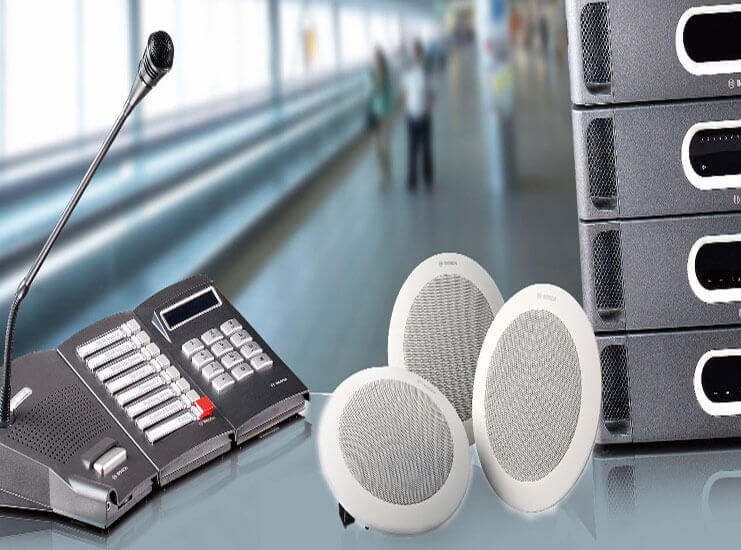FIRE ALARM SYSTEMS
As experts in the fire industry, we understand the need for high-quality fire alarms.
We specialize in installations, repairs, modification & maintenance.
A conventional system employs one or more initiating circuits, connected to sensors (initiating devices) wired in parallel. These sensors are devised to decrease the circuits resistance when the environmental influence on any sensor exceeds a predetermined threshold.
In a conventional system the information density is limited to the number of such circuits used. At times, a floor plan of the building is often placed near the main entrance with the defined zones drawn up, and LEDs indicating whether a particular circuit/zone has been activated.
Another common method is to have the different zones listed in a column, with an LED to the left of each zone name. The main drawback with conventional panels is that one cannot tell which device has been activated within a circuit. The fire may be in one small room, but as far as emergency responders can tell, a fire could exist anywhere within a zone.
Ideal uses for conventional fire alarms include: Small schools, stores, restaurants, apartments.



Wireless fire alarms are often preferred because they are cable-free. Using wire free technology can be particularly appealing in heritage or protected buildings because it means their integrity can be preserved and appearance not spoilt by miles of unsightly cabling between detectors, sounders and the main control panel. Instead radio frequency waves are used to transmit data.
Wireless installations are suitable for most larger commercial building applications such as schools, universities, office complexes, hospitals and warehouses.
Using radio fire alarm technology is an increasingly popular option as it can significantly reduce installation time, reduce cabling cost and avoid too much disturbance on new-fit as well as fire alarm installation upgrades.
Wireless fire alarm systems work in much the same way as addressable fire alarm system, but instead of signals being transmitted by wiring, they are sent by radio-frequencies to a main control panel. Each detector has its own address which means that should a fire be detected the location of that specific detector is displayed on the main control panel ensuring pinpoint accuracy on the location of the fire and the area to be evacuated.

An aspirating smoke detector (ASD) is a system used in active fire protection, consisting of a central detection unit which draws air through a network of pipes to detect smoke. ASDs can typically detect smoke before it is visible to the naked eye. This means that you are aware of a potential fire situation without relying on manual detection, which increases safety and reduces the risk of loss of property or life.
Aspiring detection is used for applications not suited for standard smoke detection. For example, where there are extreme environmental conditions, high rates of air changes in a space or a very large area of coverage. Spaces that would benefit from aspiring detection include ceiling voids, cold rooms and warehousing.
The main benefit an ASD provides is a very early warning, detecting a fire before damage can occur. They provide greater reliability than a standard system with features including airflow analysis and ignition point targeting, as well as the ability to work alongside existing smoke detection and air conditioning systems symbiotically.

A public address system (PA system) is an electronic sound amplification and distribution system with a microphone, amplifier and loudspeakers, used to allow a person to address a large public, for example for announcements of movements at large and noisy air and rail terminals.
Simple PA systems are often used in small venues such as school auditoriums, churches, and small bars. PA systems with many speakers are widely used to make announcements in public, institutional and commercial buildings and locations. Intercom systems, installed in many buildings, have microphones in many rooms allowing the occupants to respond to announcements.
Public Address (P.A) systems combine the very latest technology in amplifiers, microphones and speakers to bring this ideal audio environment to modern public spaces. With these equipment so carefully designed, it looks as good as it sounds.
